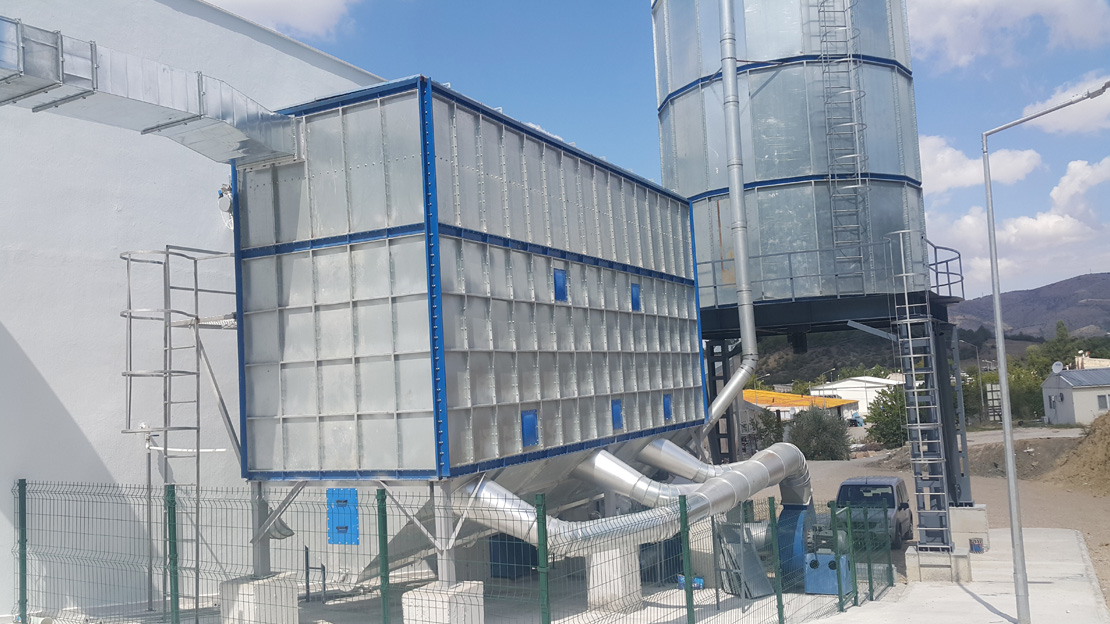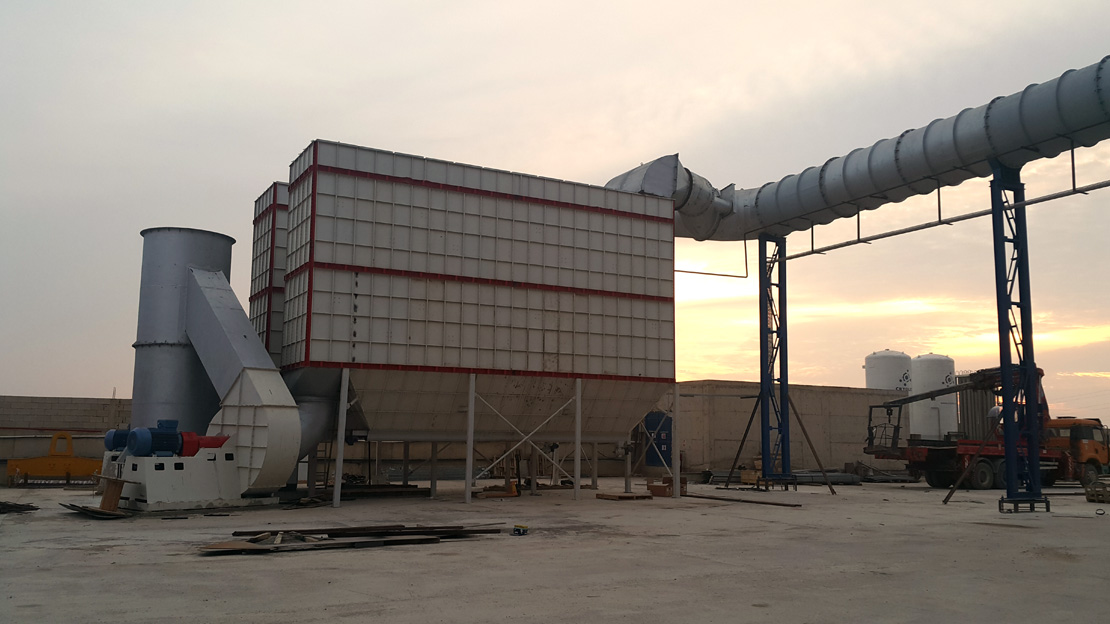








Details on the Smoke Filter Information is provided on four types of air cleaners that can be used for smoke: HEPA (to filter particulates), carbon (to filter gases), hybrid (to filter both), and Molekule (to remove both). It's important to understand what these units can do for smoke so you can determine the best air cleaner for your situation and the type of smoke you're dealing with. HEPA filters If you want to filter out particles, you can consider a HEPA filter. Whether an air purifier will remove a particle though depends on size. A rating called the MERV rating (from 1 to 20) tells you the smallest particle size an air purifier filters. The higher the rating, the smaller the particle it can filter out. A HEPA filter is designed to remove 99.97% of particles 0.3 micrometers or larger, with the idea that the most penetrating particle size (MPPS) is very close to 0.3 micrometers. But the smallest particles in smoke are smaller than 0.3 micrometers. Also, depending on the nature of the flow and the HEPA filtration media, the MPPS can be significantly less than 0.3 micrometers. This means that the most dangerous, smallest particles in smoke cannot be filtered out by a HEPA filter. There is one exception: The highest level of HEPA filter (with a MERV of 20) can remove 99.99% of particles in the 0.1–0.2 micrometer range. However, these filters are used in electronics and pharmaceutical manufacturing, and as a consumer you probably wouldn't be able to buy one. But even an excellent HEPA filter only does some of the work when it comes to smoke. Most of the damage done by smoke comes from gaseous pollutants such as carcinogenic VOCs that the HEPA filter cannot remove.
Carbon Filters These are designed to remove gases and odors, but of course none can eliminate them all. Carbon filters are primarily useful for organic compounds – also known as VOCs. Please note that carbon monoxide is not handled by any type of air purifier, so carbon monoxide sensors (for detection) and adequate ventilation (for abatement) are highly recommended where carbon monoxide may be an issue. There are a few issues with carbon filters. For one, they can become saturated quickly and need to be replaced frequently. If the carbon filter becomes saturated, toxic gases may be released from the filter into the air. The composition of the air-exchange gases has been shown, even if the filter is not saturated (to tell if a window opens and more air is allowed inside), although the air exchange has not been saturated (the gases at the filter surface will also be released back into the air (referred to as "outgassing").
Bu site çerezler kullanır. Sitede gezinmeye devam ederek çerezlerimizin kullanımını kabul etmiş olursunuz.
Daha fazlası